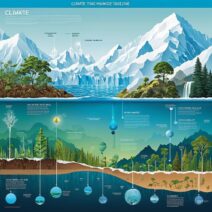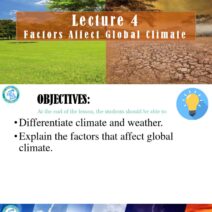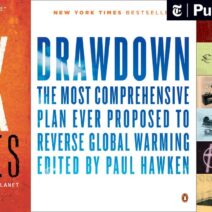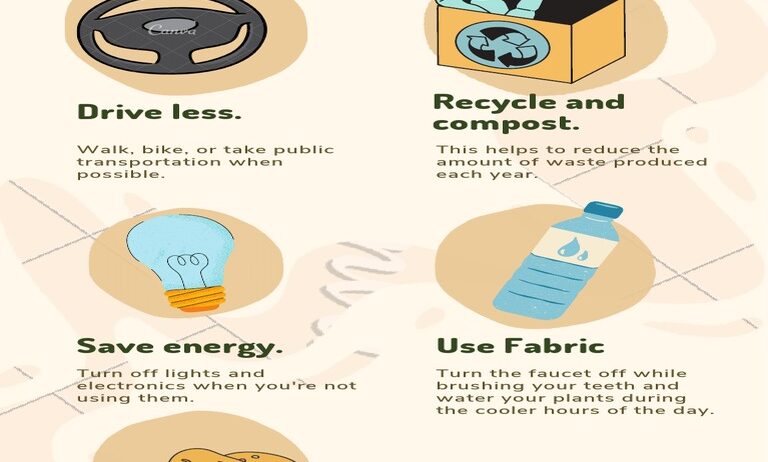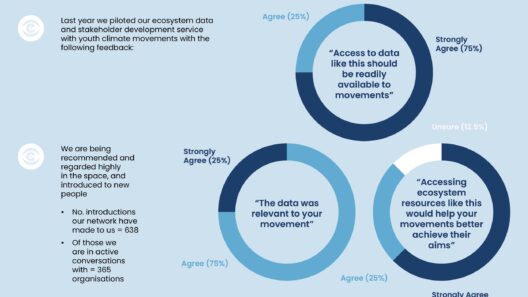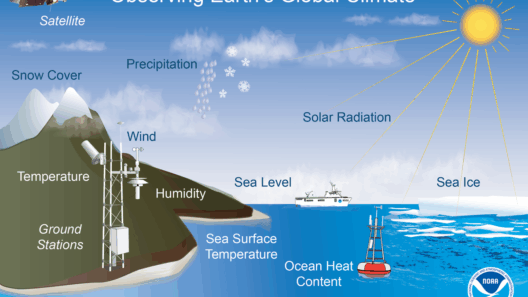Climate change looms large as one of the paramount challenges of our time. Its effects are far-reaching, influencing ecosystems, weather patterns, and human livelihoods. Nevertheless, the narrative surrounding climate change is not solely one of despair; it also harbors a rich tapestry of opportunities for transformation and renewal. Individuals, communities, and nations have the potential to collaborate, innovate, and take action that can substantially mitigate the progress of climate change. Below, we explore practical steps that can be employed to foster a more sustainable future, inviting you to consider your role within this critical endeavor.
Empowering Personal Responsibility: The Role of Individual Choices
Every action, no matter how minute, contributes to the larger tapestry of our collective impact on the environment. By cultivating awareness and adopting more sustainable lifestyle choices, individuals can challenge the status quo and incite change.
Firstly, reducing consumption is a fundamental principle. As consumers, the choices made reflect our values and priorities. Opting for less can manifest in various forms, such as embracing minimalism or prioritizing quality over quantity. Furthermore, this ethos extends to the choices surrounding food. A shift towards a plant-based diet not only lessens one’s carbon footprint but can also invigorate personal health and well-being.
Embracing the concept of sustainable transportation is another vital avenue. Carpooling, utilizing public transit, biking, or walking reduces greenhouse gas emissions while fostering a deeper connection to local communities. The advent of electric vehicles further exemplifies the shift toward a cleaner transportation paradigm, though it is essential to consider the sustainability of the energy sources powering these vehicles.
Collectively, making conscious choices can incite a cascading effect, encouraging others within social circles to rethink their habits and sparking broader cultural shifts. As individuals take charge of their responsibilities, the potential for change amplifies exponentially.
Community Initiatives: Power in Numbers
When individuals unite to form communities, the impact can resonate far beyond what one person could achieve alone. Grassroots efforts serve as an incubator for innovative solutions aimed at combating climate change.
Community gardens stand as a beacon of hope, merging urban greening with local food production. These spaces not only beautify neighborhoods but also foster a sense of belonging and self-sufficiency. Moreover, initiatives that promote composting and waste reduction can mitigate landfill expansion, convert organic waste into valuable resources, and bolster soil health.
Local advocacy groups can serve as a platform for education and activism, equipping citizens with the knowledge and tools necessary to affect change. Engaging with municipal councils to promote sustainability policies—such as enhancing recycling programs, increasing green spaces, or advocating for renewable energy projects—can create a ripple effect across broader governance structures.
Moreover, organizing community clean-up events highlights the tangible impact of collective action. Not only does litter removal improve the aesthetic value of public spaces, but it also raises awareness about the critical need for stewardship of local environments, underscoring the intrinsic connection between community health and ecological integrity.
Infrastructural Innovations: Investing in Sustainable Solutions
Infrastructure represents a critical nexus for addressing climate change, offering myriad opportunities to facilitate a quotient of sustainability in urban planning and development.
Transitioning from fossil fuels to renewable energy sources is paramount. Wind, solar, and hydroelectric power are not just buzzwords but feasible alternatives to traditional energy production. Policies encouraging the installation of solar panels in homes, wind turbines, and investments in renewable energy companies can transform energy ecosystems, leading to decreased reliance on carbon-intensive methods. Such shifts signify progress towards a sustainable energy infrastructure.
Moreover, the implementation of energy-efficient designs in buildings conserves resources and minimizes environmental impact. Green building standards, such as LEED certification, promote innovative construction methods that prioritize energy efficiency, water conservation, and material sustainability. Retrofitting existing buildings to enhance their energy efficiency can yield significant reductions in greenhouse gas emissions over time.
Smart infrastructure, which integrates technology with urban planning, further exemplifies the future of sustainable development. Advancements in smart grids, for instance, allow for optimized energy distribution, significantly improving efficiency and reducing wastage. Sustainable transportation infrastructure, including electric vehicle charging stations, bike lanes, and pedestrian pathways, can promote lower-carbon commuting options, reflecting a paradigm shift toward a more sustainable urban experience.
Engagement and Education: Cultivating an Informed Society
Education is the cornerstone of sustainability; it breeds awareness, cultivates informed choices, and empowers collective action. Raising public awareness about the science of climate change fosters curiosity and proactivity.
Integrating environmental education into school curricula equips future generations with the knowledge to navigate and champion sustainability. Workshops, seminars, and public campaigns can galvanize communities to engage in meaningful dialogue about climate issues and solutions.
Moreover, utilizing digital platforms for outreach and advocacy can dramatically amplify reach and engagement. Social media campaigns, webinars, and online forums provide spaces for sharing information and mobilizing action. An informed society is not only crucial for present efforts but lays the groundwork for sustained change across generations.
Ultimately, the multifaceted challenge of climate change beckons a comprehensive response. By adopting personal responsibility, harnessing communal power, innovating our infrastructure, and prioritizing education, we can forge a path toward a resilient and thriving planet. It is neither the magnitude of the challenge nor the urgency of the situation that defines our efforts; rather, it is the conviction that together, we can catalyze a brighter, sustainable future. Now is the time to act, to learn, and to inspire others to join in this crucial mission. The potential for transformational change is within reach—let’s seize it.
